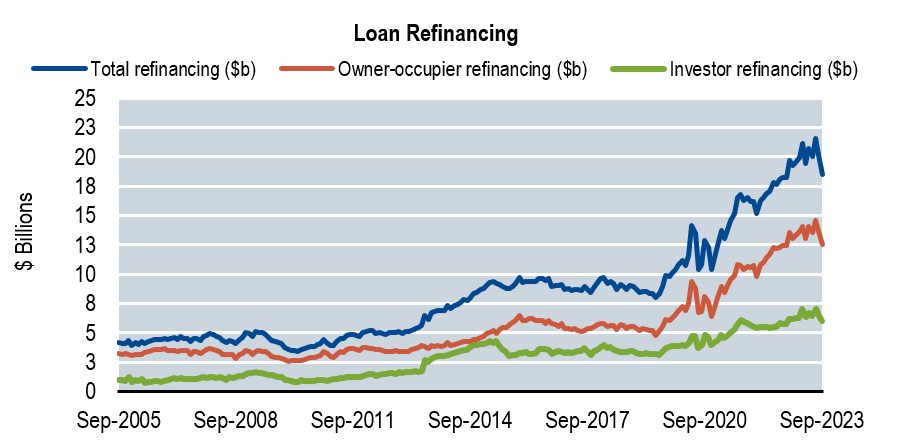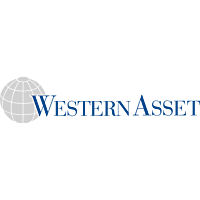A better alternative to term deposits
Since May 2022, when cash rates began their ascent, Term Deposit (TD) rates have been a common choice of investors seeking yield without capital volatility. In Australia, the official cash rate has climbed from a low of 0.1% to the current rate of 4.35%. During that period, term depositors have enjoyed the advantage of rolling at higher rates. However, there’s growing consensus that rates have peaked and now is an opportune time to reassess investment options.
As of the end of October 2020, the Yield to Maturity on the Australian Composite Bond Index stood at 0.64%. Concurrently, the RBA’s reported Retail Deposit and Investment Rate for a one-year term was 0.65%. Fast forward to the end of November 2023, and the Yield to Maturity on the Australian Composite Bond Index has surged to 4.53%, compared to the reported Retail Deposit rate for a one-year term of 4.6%.
While both rates remain similar, the advantages of Bonds versus TDs at this point in the cycle make the former an appealing proposition. The prevailing market consensus suggests that cash rates have peaked, and the likelihood is that rates move lower rather than higher from here. Recalibrating portfolios to ensure benefits are accrued in that scenario is worth attention.
Attractive investment characteristics of actively managed fixed income strategies, versus TD’s may include:
- Higher flexibility and liquidity
- Upside return potential if yields decline
- Superior diversification and lower concentration risk potential
- Lower reinvestment risk
- Ability to benefit from active management
- Administrative efficiency
The portfolio diversification provided by fixed income in risk-off environments, coupled with superior liquidity, makes it attractive given our current outlook. Although the prospective returns of TDs and fixed income seem comparable at face value, the potential for capital uplift in fixed income, particularly if rates decline sets fixed income apart. TDs accrue no benefit in risk-off or falling yield scenarios.
The simple maths of opportunity
Taking the Australian Composite Bond Index, with a duration of approximately 5 years and a yield of around 4.55%, a straightforward calculation illustrates the superior return potential of a core bond portfolio versus TDs as yields decline.
For every year of duration, a parallel shift lower in the yield curve approximately equates to a 1% increase in capital prices. If yields were to decrease by 1%, a capital uplift of approximately 5% would occur. Similarly, a 0.5% decrease in yields would amount to an approximately 2.5% capital uplift on a 5-year duration portfolio.
When added to a starting yield of 4.5%, a 0.5% decline in yields still amounts to a total return of approximately 7.0%. In contrast, a TD would experience no capital uplift. Moreover, a TD’s lack of liquidity diminishes optionality, and reinvestment rates may be lower at their maturity. While some solutions have more limited duration, and associated interest rate risk, they still offer some benefit.
Storm clouds over net interest margins
Holding market conditions constant, the prospective returns of TD rates and fixed income could be analogous. However, there’s an argument that TD rates offered by banks could still decrease. In that case reinvestment rates for depositors, even without interest rate cuts, may still be lower.
Recent reporting indicates that competitive pressures have impacted Bank Net Interest Margins (NIMs).
Net Interest Margins of Major Australian Banks

Source: Company Filings, Western Asset
Clearly, it’s been a competitive environment for banks on both sides of the ledger.
- On the deposit side, banks have competed in an effort to replenish capital ahead of the need to repay the capital they borrowed at record low borrowing rates as part of the Term Funding Facility.
- On the lending side, as credit conditions have tightened and mortgage rates have increased, lending growth has slowed and consumers have become more discerning about the rates paid on their debt. In a bid to foster customer loyalty and attract new customers, banks have resorted to offering special discounted variable rates alongside cash incentives. Mortgage brokers have played a significant role in loan placements, as owners and investors refinance existing loans, compelling banks to pay higher commissions.

Source: ABS, Western Asset. As at Sep 30, 2023
Based on the above, if banks seek to preserve NIM’s with greater vigour, TD rates may fall regardless of moves in the cash rate.
In sum, the benefits accrued to Term Depositors from the lack of capital movement during a period of steadily rising yields appear to have reached their peak. If economic growth stalls and yields move lower in expectation of rate cuts, fixed income portfolios will benefit whereas TDs will not. Seeking to defend margins and maintain profitability, ‘bonus’ rates on cash at call may also be subject to more onerous conditions in future and TD rates may be lower when the time comes to roll them, even if official rates stay constant. In that case, investors may be better rewarded investing in an actively managed portfolio of Australian cash and bonds, targeting similar levels of income with potential for capital uplift for the most defensive investors, who have low tolerance for interest rate volatility and drawdowns but wish to add some protection from reinvestment risk, the Western Asset Conservative Income Fund is an option.
Rolling TDs into longer duration core fixed income strategies is an option for those seeking to maximise capital uplift if yields do fall. Understandably however, some investors remain cautious of core fixed income following the highly volatile period over the past 18 months. For those investors a smoother journey targeting income comparable to TDs with better liquidity, may be achievable via conservative strategies such as the Western Asset Conservative Income Fund. Such strategies have more limited duration exposure but still offer capital uplift potential if yields fall, along with the additional advantages of fixed income versus Term Deposits listed above.

1 fund mentioned

